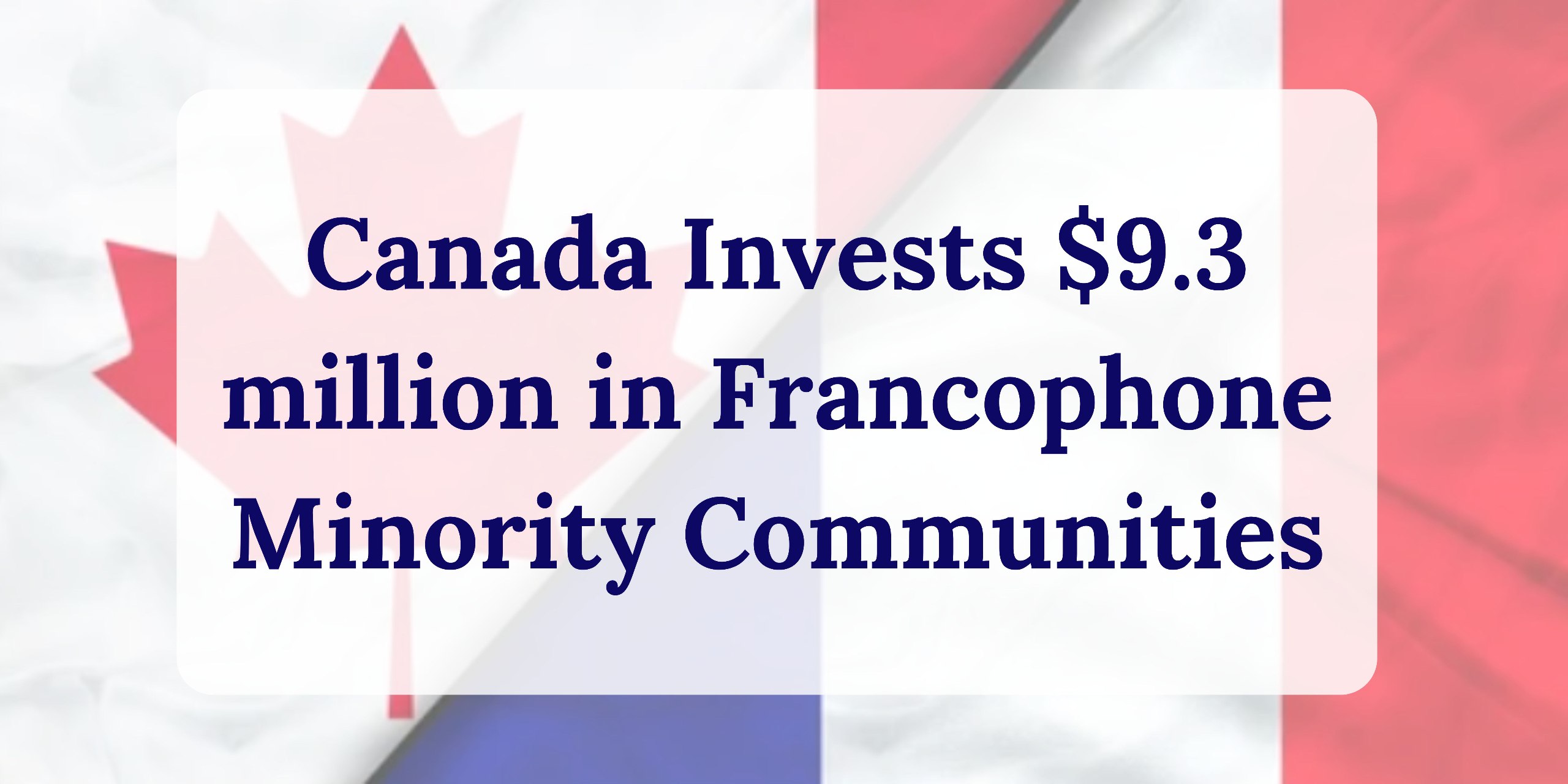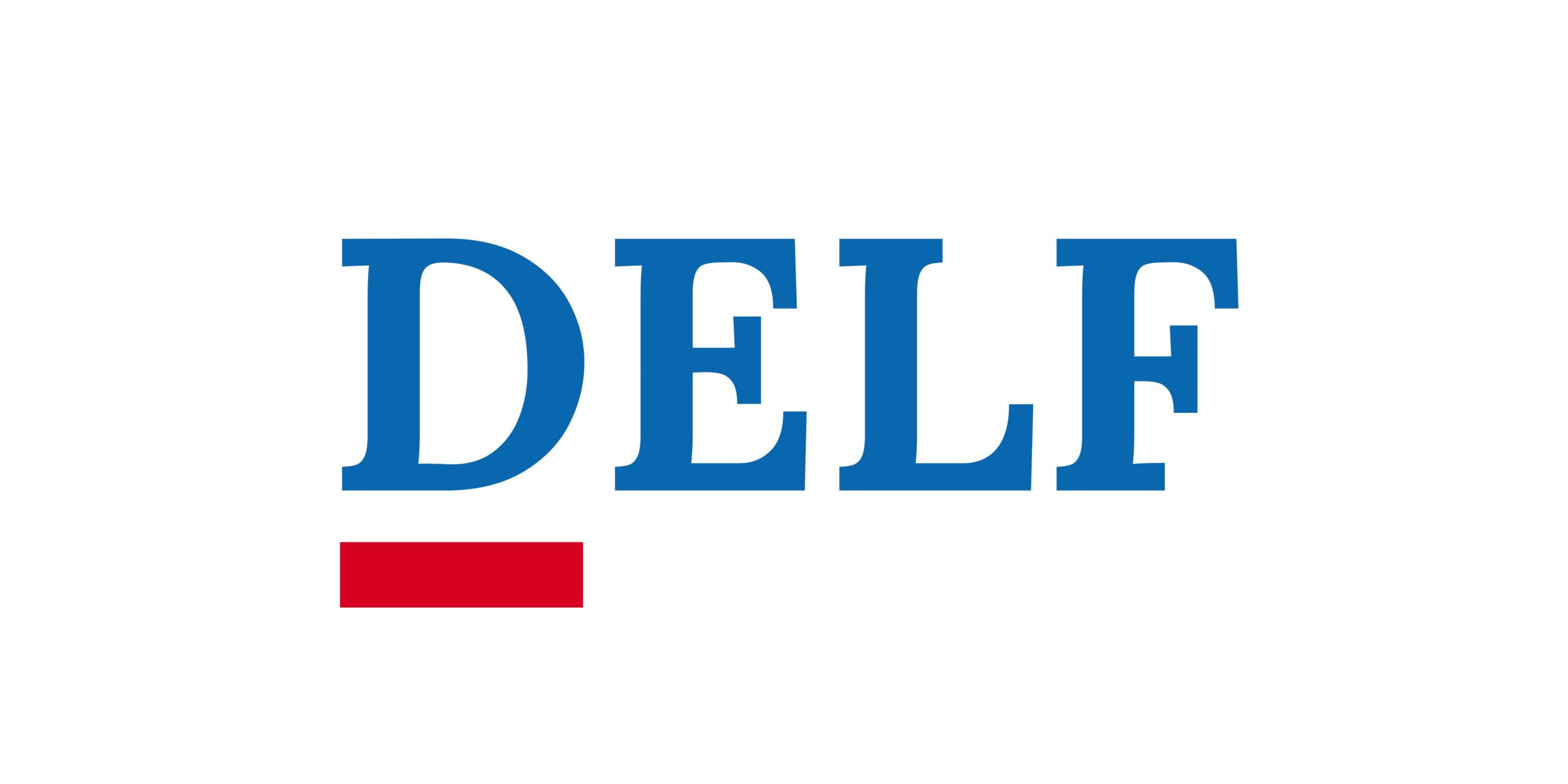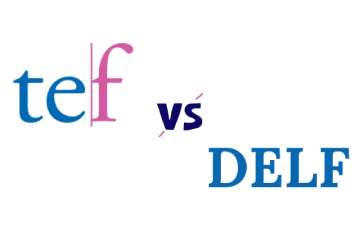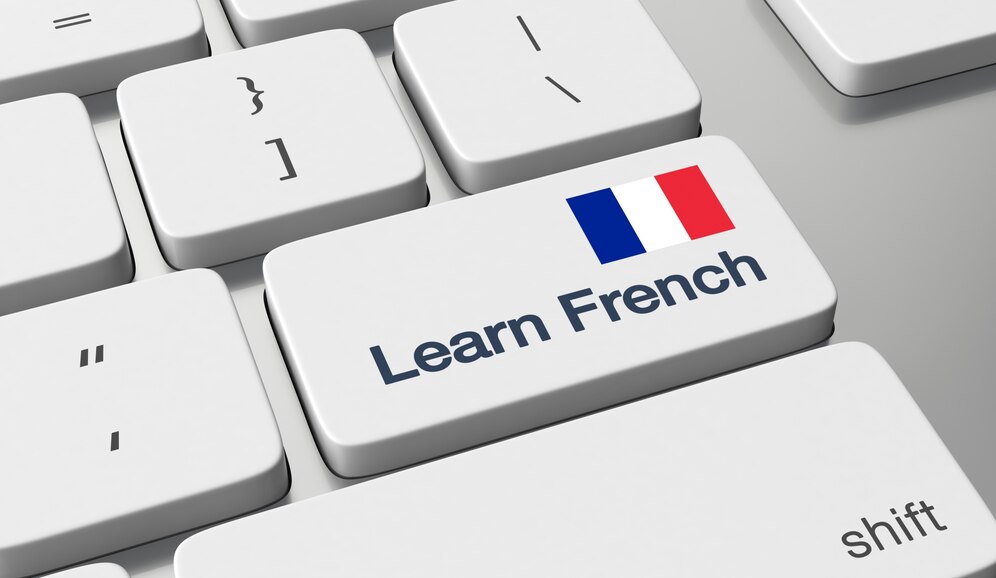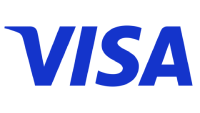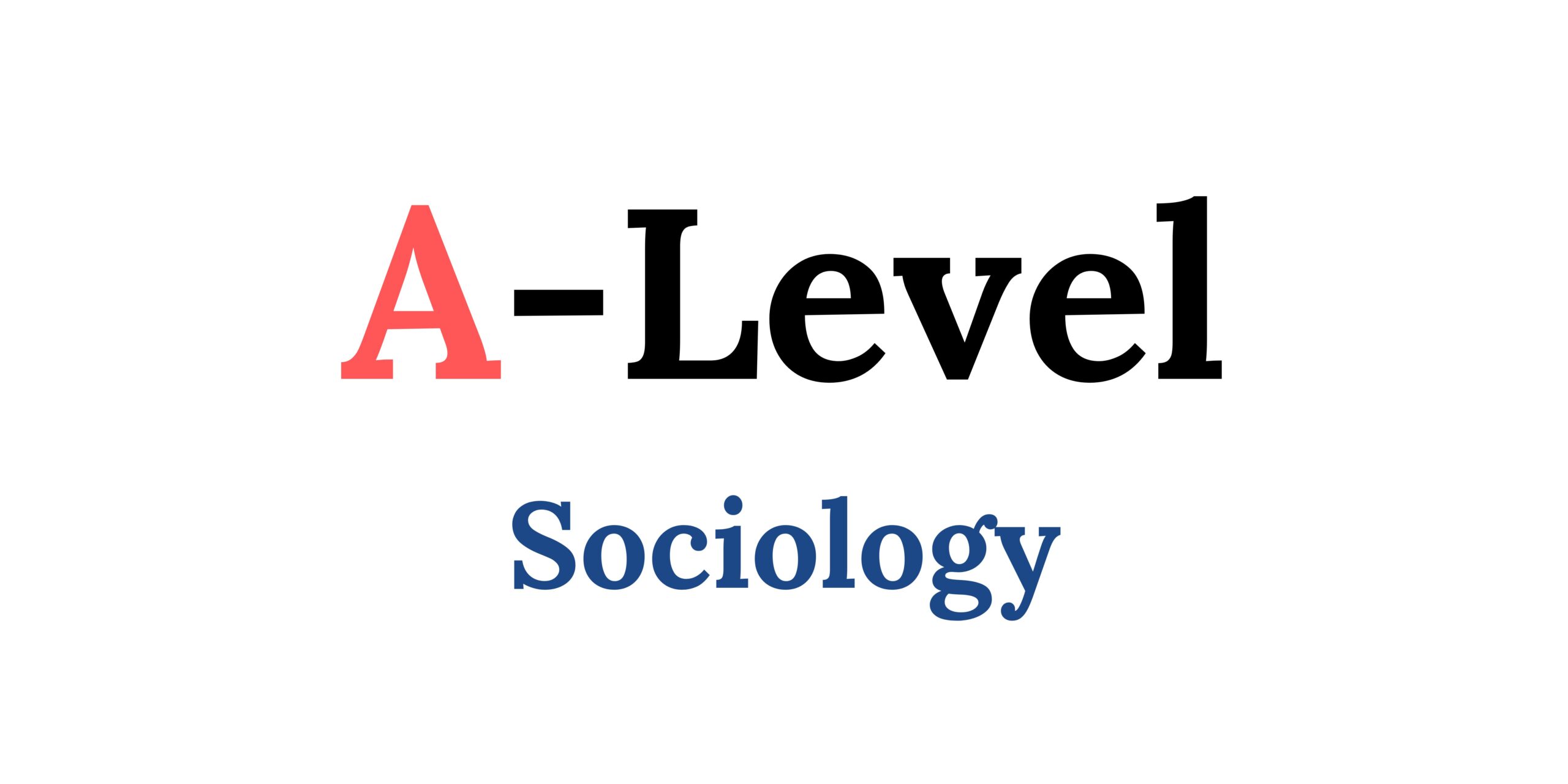
Overview of AQA A-level Sociology qualifications
Subject content:
Want to learn more about Advanced Level Qualifications (A-Levels) and how they can shape your academic future? Click here to explore: A-Level Information.
1. Education with Theory and Methods
| Scope of study | Content |
|---|---|
| Education | • Education system roles: Its functions, relationship to the economy, and class structure. • Differential achievement: Variations in educational outcomes by social class, gender, and ethnicity in modern society. • In-school dynamics: Teacher-pupil relationships, pupil identities, subcultures, hidden curriculum, and teaching organization. • Educational policies: Selection, marketisation, privatisation, and efforts for equality in opportunity or outcomes, including globalisation’s impact on policy. |
| Methods in Context | Students should be able to apply sociological research methods specifically to studying education. |
| Theory and Methods | • Research Methods: Quantitative and qualitative methods, research design, and data sources (e.g., questionnaires, interviews, observations, experiments, documents, official statistics). • Data Types: Differences between primary/secondary and quantitative/qualitative data. • Methodology: Links between positivism, interpretivism, and methods; understanding ‘social facts.’ • Influences: Theoretical, practical, and ethical factors affecting topic and method selection, and research conduct. • Theories: Consensus, conflict, structural, and social action theories. • Modernity: Concepts of modernity and post-modernity in sociological theory. • Sociology as Science: Can Sociology be scientific? • Theory and Methods: Interrelations between them. • Debates: Subjectivity, objectivity, value freedom. • Sociology & Policy: Sociology’s connection to social policy. |
2. Topics in Sociology
| Scope of study | Content |
|---|---|
| Culture and Identity | • Conceptions of Culture: Subculture, mass culture, folk culture, high/low culture, popular culture, and global culture. • Socialisation: The process and roles of socialisation agencies. • Identity: How self, identity, and difference are socially influenced and constructed. • Identity and Social Factors: Links between identity and age, disability, ethnicity, gender, nationality, sexuality, and social class in modern society. • Identity Influences: The impact of production, consumption, and globalisation on identity. |
| Families and Households | • Family and Society: The family’s role in social structure, change, economy, and state policies. • Family Patterns: Trends in marriage, cohabitation, separation, divorce, childbearing, and life course; contemporary family/household diversity. • Gender and Power: Gender roles, domestic labour, and power dynamics within modern families. • Childhood: The nature and evolving status of children in families and society. • Demographics (UK since 1900): Trends in birth/death rates, family size, life expectancy, ageing population, migration, and globalisation. |
| Health | • Health and Society: The social construction of health, illness, disability, the body, and health/illness models. • Health Inequalities: Unequal health outcomes in the UK by class, gender, ethnicity, and region. • Healthcare Access: Inequalities in health care provision and access. • Mental Health: Social patterns and distribution of mental illness. • Medical Roles: The influence of medicine, health professions, and the global health industry. |
| Work, Poverty and Welfare | • Poverty: The nature, causes, and persistence of poverty in modern society. • Wealth Distribution: How poverty, wealth, and income vary across social groups. • Responses to Poverty: State, private, voluntary, and informal welfare solutions. • Labour Process: Organisation, division of labour, technology, skill, and de-skilling. • Work and Life: The impact of work and unemployment on life chances, including globalisation’s effects. |
| Beliefs in Society | • Ideology, Science, and Religion: Including Christian and non-Christian traditions. • Religion and Society: Impact on social change and stability. • Religious Organisations: Cults, sects, denominations, churches, and New Age movements. • Social Groups and Religion: Connections to beliefs, practices, and organisations. • Contemporary Religion: Secularisation, globalisation, and the global spread of religions. |
| Global Development | • Development and Inequality: Development, underdevelopment, and global disparities. • Globalisation: Effects on cultural, political, and economic relations. • Key Actors in Development: Roles of transnational corporations, NGOs, and international agencies. • Development Factors: Aid, trade, industrialisation, urbanisation, environment, and conflict. • Aspects of Development: Employment, education, health, demographics, and gender. |
| The Media | • New Media: Its role and impact on contemporary society. • Ownership and Control: The influence of media ownership on content. • Media and Globalisation: Connections to popular culture. • News Content: Processes of selection and presentation. • Representations: Media portrayals of age, class, ethnicity, gender, sexuality, and disability. • Media-Audience Relationship: Interactions between media content and audiences |
| Stratification and Differentiation | • Stratification and Differentiation: By social class, gender, ethnicity, and age. • Dimensions of Inequality: Class, status, and power; life chances based on social class, gender, ethnicity, age, and disability. • Defining and Measuring Social Class: Challenges in defining class, including the roles of occupation and gender. • Changes in Inequality: Effects of globalization and the transnational capitalist class. • Social Mobility: Patterns, extent, and significance of social mobility. |
3. Crime and Deviance with Theory and Methods
| Scope of study | Content |
|---|---|
| Crime and Deviance | • Crime and Deviance: Social order, social control, and the distinction between crime and deviance. • Social Distribution of Crime: Crime and deviance patterns by ethnicity, gender, and social class, along with recent crime trends. • Globalisation and Crime: The impact of globalization, media influence, green crime, human rights, and state crimes. • Crime Control and Punishment: Surveillance, crime prevention, punishment, victims, and the role of the criminal justice system and other agencies. |
| Theory and Methods | • Research Methods: Quantitative and qualitative methods, research design, data sources (e.g., questionnaires, interviews, observations, experiments, documents, statistics). • Data Types: Primary vs. secondary data; quantitative vs. qualitative data. • Sociological Perspectives: Positivism, interpretivism, social facts, and their influence on methods. • Theoretical Considerations: Consensus, conflict, structural, and social action theories; modernity vs. post-modernity. • Science in Sociology: The nature of science and sociology’s scientific status. • Theory and Methods: The connection between theory, methods, and the debates on subjectivity, objectivity, and value freedom. • Sociology and Social Policy: The relationship between sociology and social policy. |
Assessment
| Component | Content | Questions | Final score | Weighting of final grade |
|---|---|---|---|---|
| Paper 1: Education with Theory and Methods | Compulsory content: Education, Methods in Context, Theory and Methods | Education: short answer and extended writing, 50 marks Methods in Context: extended writing, 20 marks Theory and Methods: extended writing, 10 marks | 80 marks | 33.3% of A-level |
| Paper 2: Topics in Sociology | Section A: one from option 1: – Culture and Identity – Families and Households – Health or Work, Poverty and Welfare Section B: one from option 2: – Beliefs in Society – Global Development – The Media or Stratification and Differentiation | Section A: extended writing, 40 marks Section B: extended writing, 40 marks | 80 marks | 33.3% of A-level |
Paper 3: Crime and Deviance with Theory and Methods | Compulsory content Crime and Deviance, Theory and Methods | Crime and Deviance: short answer and extended writing, 50 marks Theory and Methods: extended writing, 30 marks | 80 marks | 33.3% of A-level |
If you need help with Sociology or any other subject, our tutors are ready to support you on your academic journey. Don’t miss your chance to succeed—take a trial lesson today!
Weighting of assessment objectives for A-level Sociology
Exams will assess students on the following objectives:
AO1: Demonstrate knowledge and understanding of sociological theories, concepts, evidence, and research methods.
AO2: Apply sociological theories, concepts, evidence, and research methods to various issues.
AO3: Analyse and evaluate sociological theories, concepts, evidence, and research methods to present arguments, make judgements, and draw conclusions.
| Assessment objectives AOs* | Paper 1 (%) | Paper 2 (%) | Paper 3 (%) | Overall Weighting (%) |
|---|---|---|---|---|
| AO1 | 15 | 13 | 16 | 44 |
| AO2 | 11 | 11 | 9 | 31 |
| AO3 | 8 | 9 | 8 | 25 |
| Overall weighting of components | 33.33 | 33.33 | 33.33 | 100 |
Assessment weightings
Marks from exam papers will be adjusted to match the component weightings. The final mark is the sum of these scaled marks, and grade boundaries will be determined based on the total scaled mark.
| Сomponent | Maximum raw mark | Scaling factor | Maximum scaled mark |
|---|---|---|---|
| Paper 1 | 80 | ×1 | 80 |
| Paper 2 | 80 | ×1 | 80 |
| Paper 3 | 80 | ×1 | 80 |
| Total scaled mark: | 240 |

